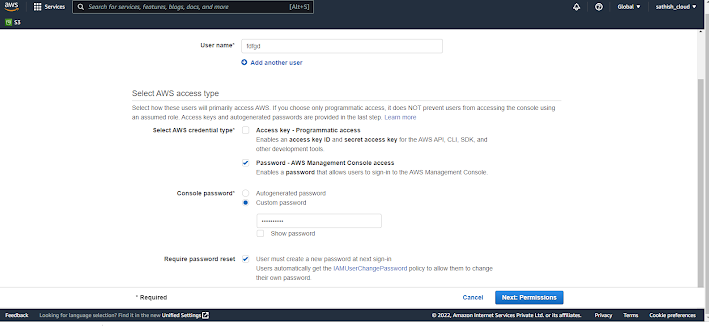Linux System Administrator is a person who has ‘root’ access that is a ‘superuser’. It means he has the privilege to access everything which includes all user accounts, all system configurations, home directories with all files therein, and all files in the system.
Linux System Administrator has the following duties (Write any five)
Installing and configuring server
A server is basically a computer program that facilitates the same computer or another computer by providing services to them.
It is the most important element of Modern OS and network design.
It is of the system administrator to configure the server so that the most essential server remains inaccessible. He must be aware of types of attacks and security bugs.
Installing and configuring application software
In order to ensure a correct execution environment, the administrator must provide software that is well configured and validated.
He should ensure adequate memory allotment and resolve software failure and dependency issues.
He must provide a set of activities to control hardware and software configuration and maintain policies for users.
Creating and maintaining user accounts
Users can access their own accounts but the administrator has access to every user account.
He can add, modify, delete or copy a user account.
He is responsible for maintaining security by providing role on a user account that defines the level of access.
Backing up and restoring files
To minimize the loss of data, the administrator must maintain a backup of files nd he should restore it whenever required.
Administrators can take backup in removable media such as hard drives or tapes as protection against loss.
Before creating a backup administrator must decide.
What is necessary to backup?
How frequently backup should perform.
Monitoring and tuning performance
Monitoring and tuning performance is essential for Linux to work more efficiently.
Administrators must identify system bottlenecks and should solve them.
Administrators can use system tools to increase performance, they can determine
when hardware needs to be upgraded.
He should identify the early sign of failure .
Configuring a secure system
It is the duty of the administrator to involve tasks and decisions to run a secure Linux system and maintain data integrity.
It provides strong protection to individuals and corporate bodies and protects parts of the system even if it is under attack.
Administrator should ensure
The system has a firewall.
Not allow connection from unknown network.
Not install software if not needed.
Using tools to monitor security
Linux is the preferred operating system that demands secure networks, but it can be easily cracked by hackers.
It is important for administrators to be aware of the tools hackers use and software used to monitor and counter such activity.
It is duty of the administrator to prevent unauthorized use of his system.



.png)












